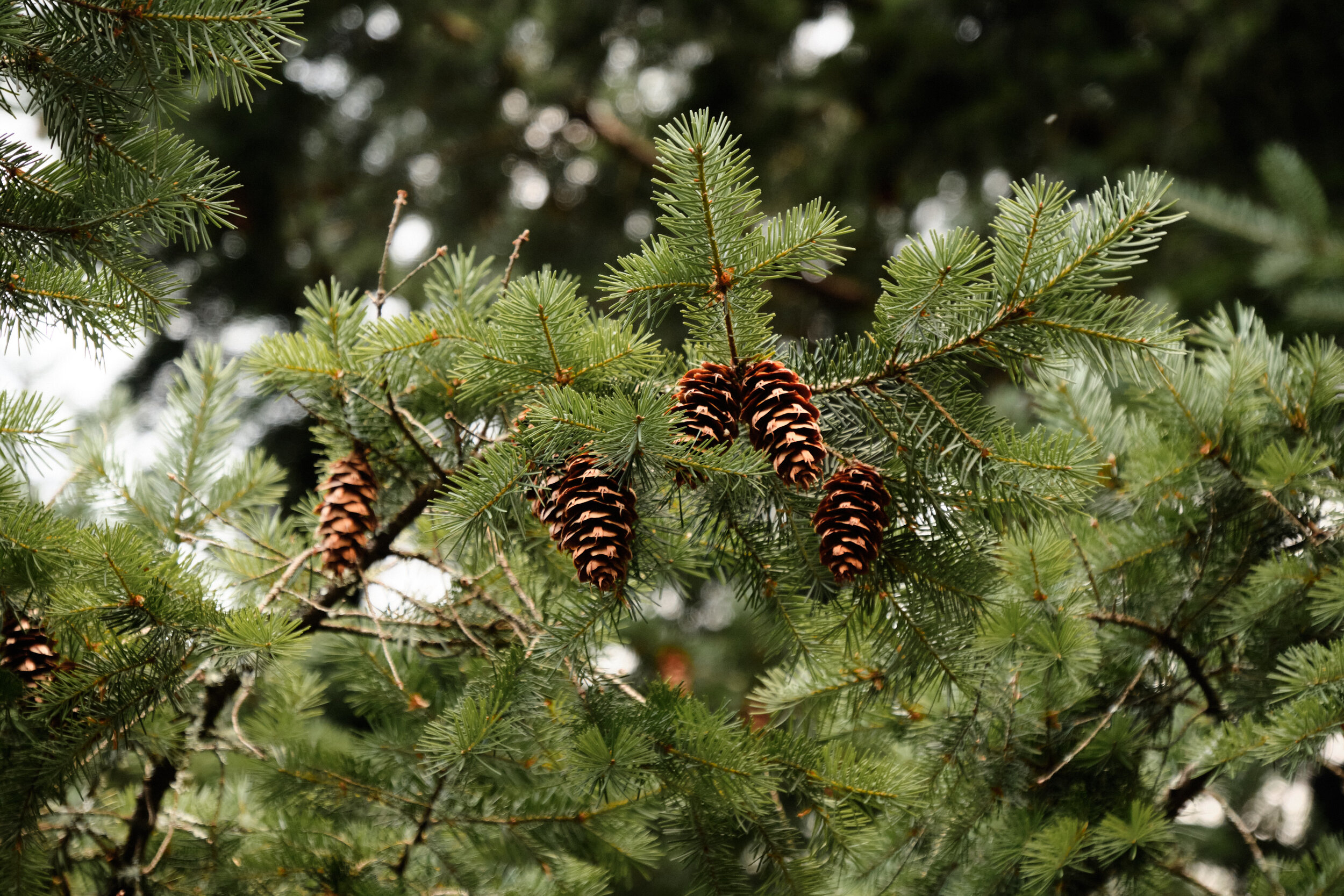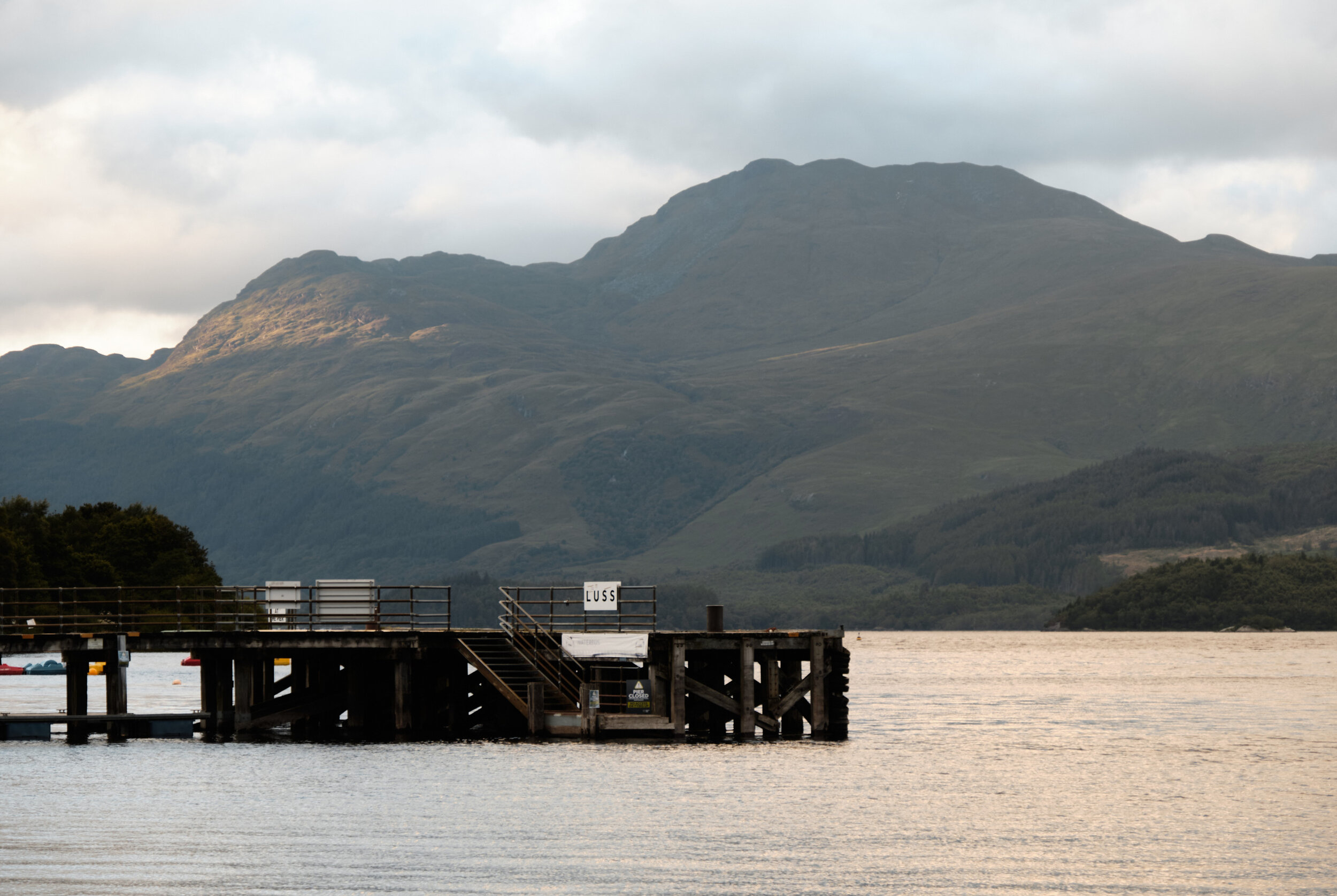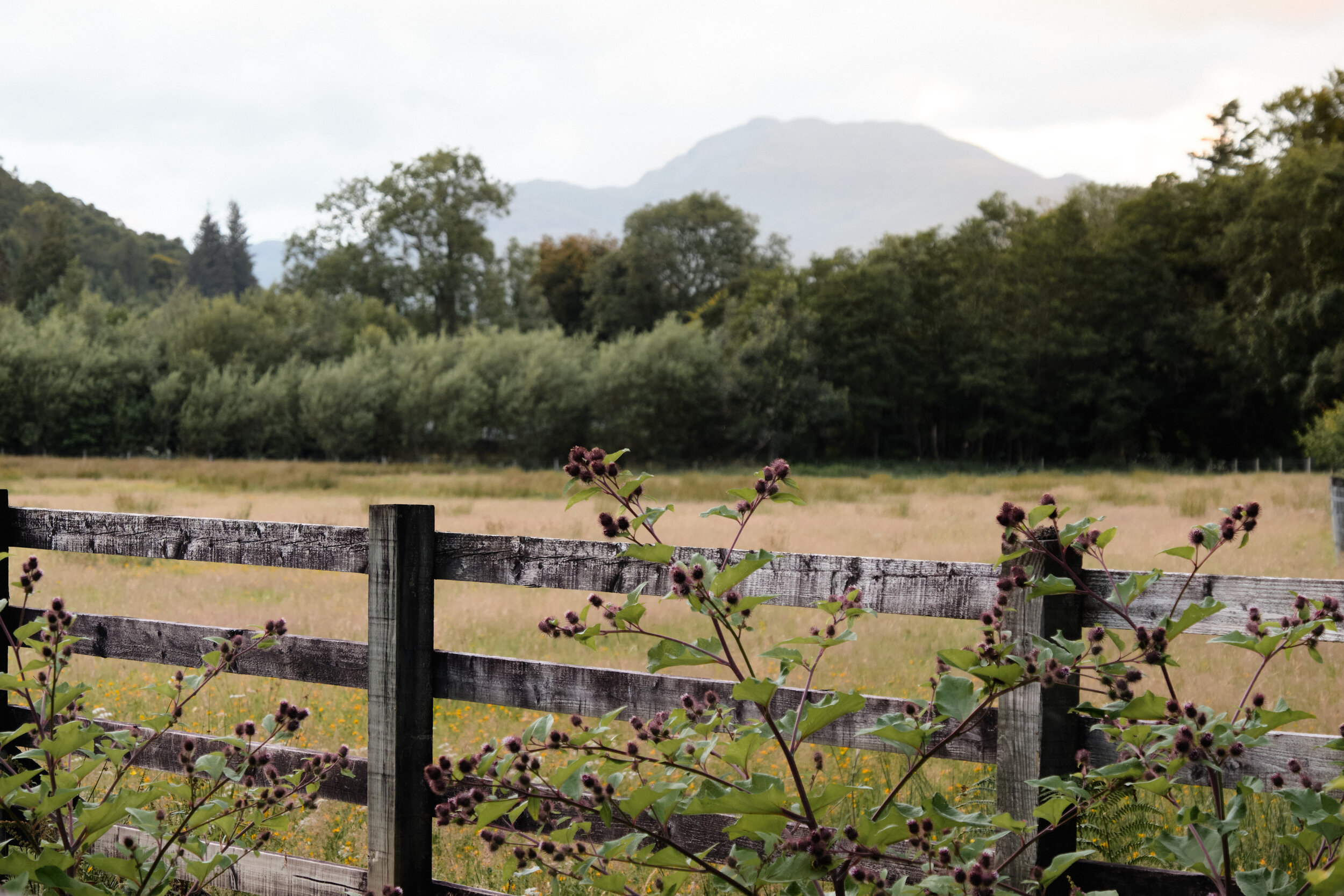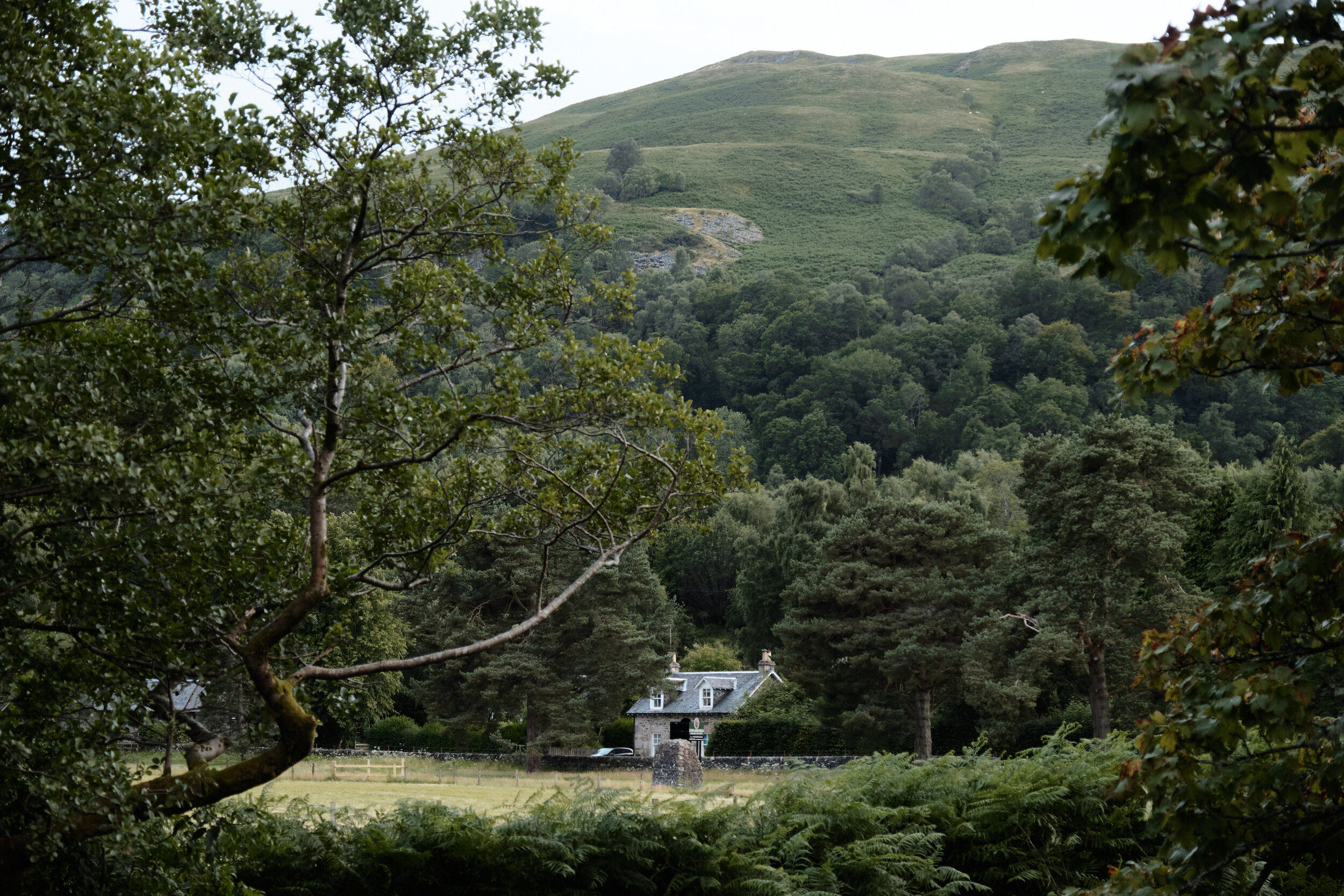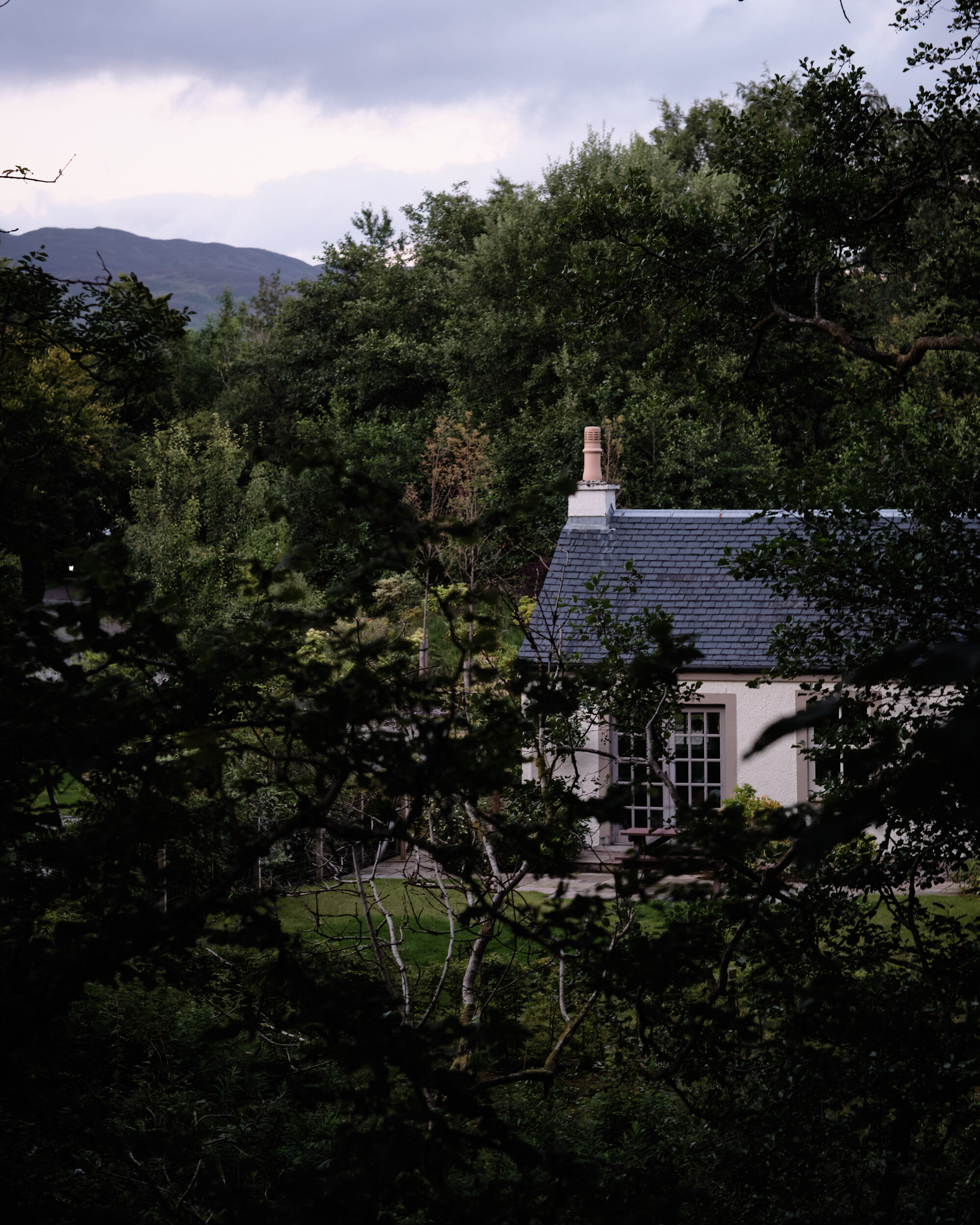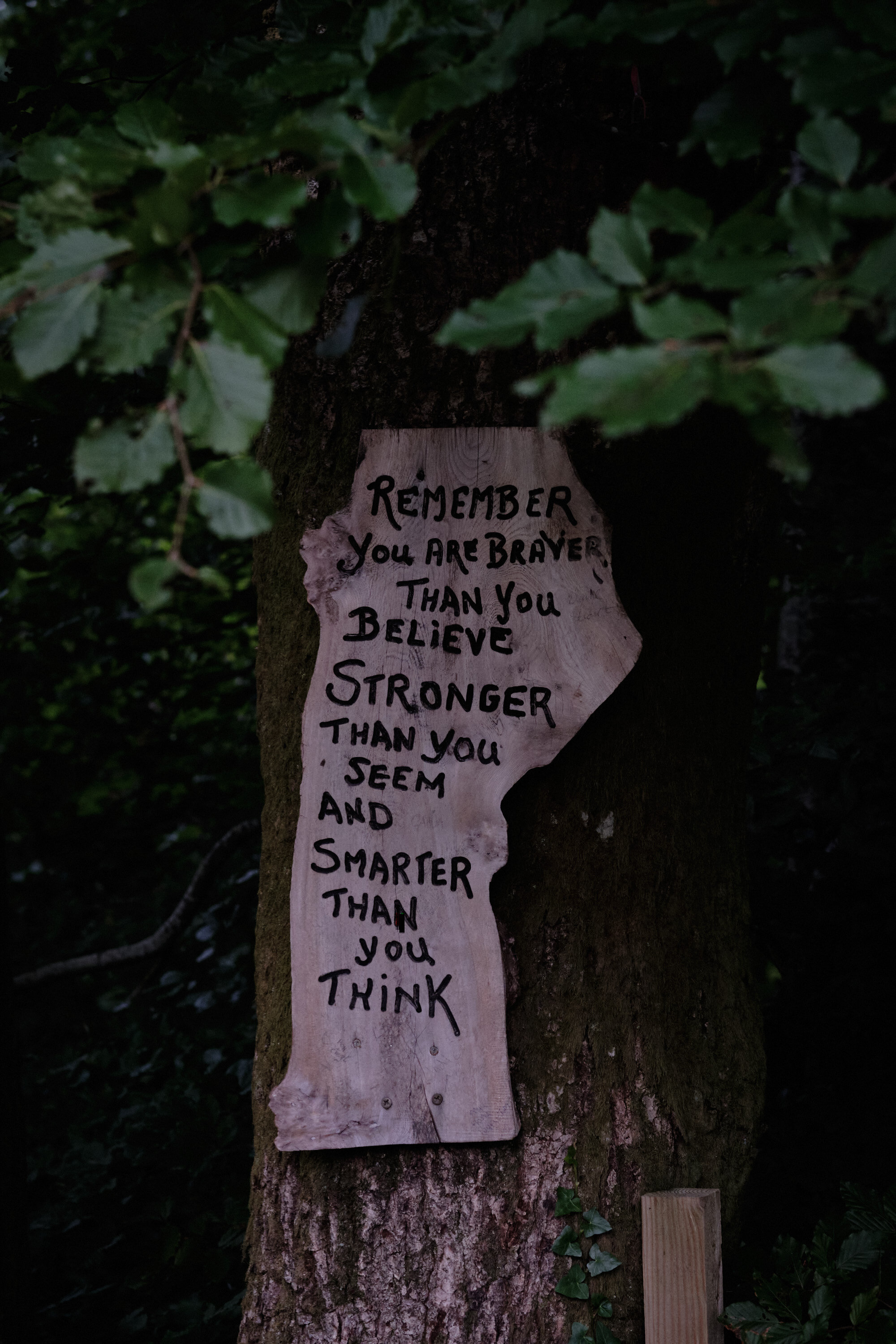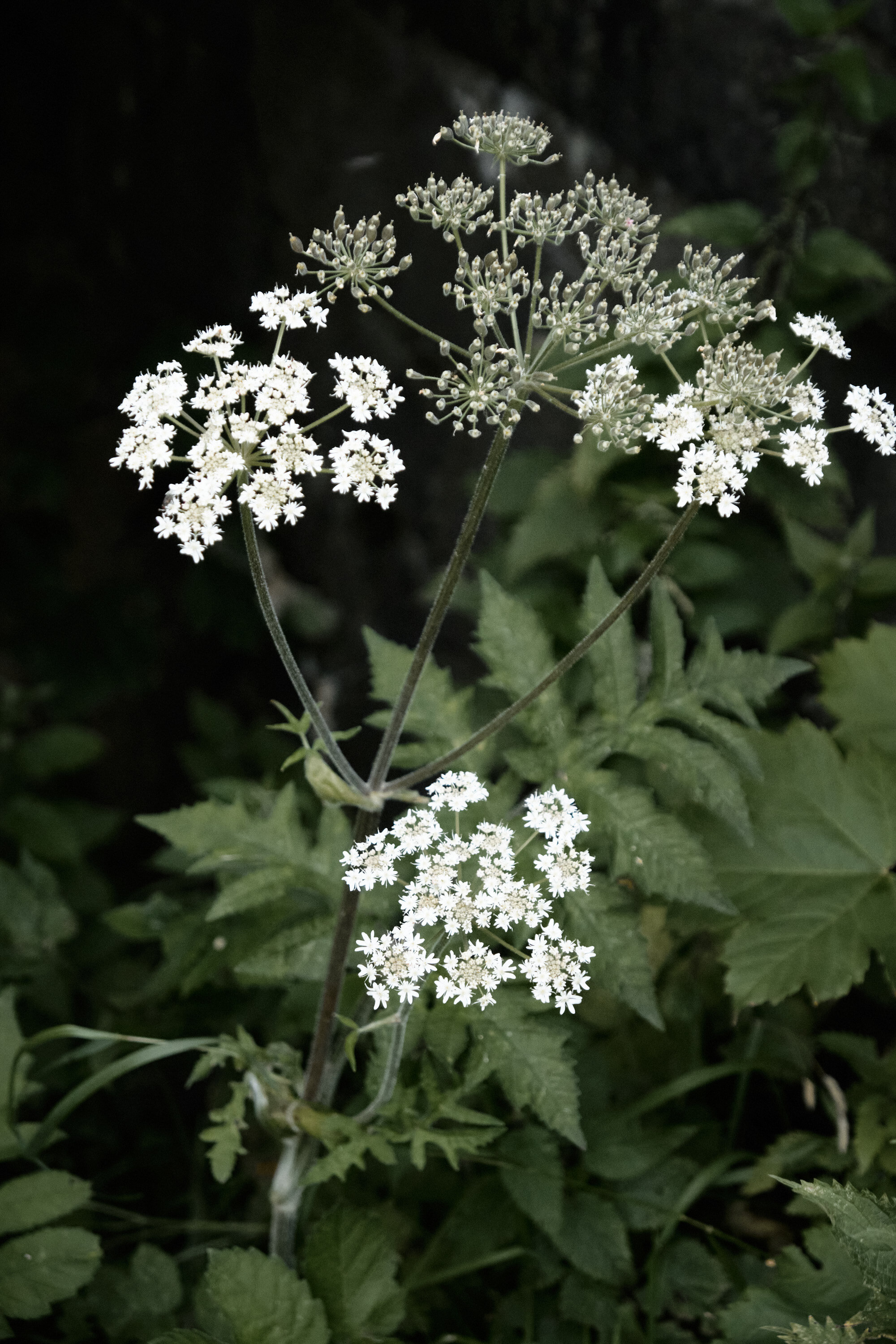Luss Village Heritage Walk
FUN FACTS ABOUT LUSS
A small conservation village on the West bank of Loch Lomond
It is home to around 250 people but receives some 750,000 visitors each year
The hills around village are of special scientific interest
Name ‘Lus’ – is Gaelic for ‘herb’
The Clan Colquhoun owned the land since 13th century
Its Woodlands are home to Loch Lomond Faeries
A tiny village on the West shore of Loch Lomond that’s full of character, history and epic scenery. Surrounded by the Luss Hills on one side it opens up the views over Loch Lomond with the mountain Ben Lomond dominating the view. I love this wee walk and fortunate to live nearby. Every time I visit Luss I discover something new - a pretty corner, the new faerie house or uncover another layer of its long history.
The village we see today dates back to the 19th century when Luss was an exporter of slate. Even during Medieval times, the village was popular amongst the Vikings and Pilgrims. The Heritage Trail is 1.5 miles, mostly flat with a few steps on its way, it comprises a few different paths into one - a River Walk, a Quarry Walk, and a Faerie Walk.
NAME 'LUS' - IS GAELIC FOR 'HERB'
The present Luss Parish Church was built in 1875 in Gothic style, however, there has been a Church on this site at Loch Lomond since the year 510 AD founded by the Celtic Saint, MacKessog. He was attacked and killed and the legend has it that his body was embalmed in sweet herbs and the herbs grew over his grave, giving the village the name Lus – Gaelic for the herb.
CONSERVATION VILLAGE
Most of the buildings and monuments in the village are listed which makes the village of Luss a conservation area in Loch Lomond. Conservation areas "are areas of special architectural or historic interest, the character or appearance of which it is desirable to preserve or enhance". Most of the village we see today dates back to the 19th century with a few monuments from the medieval times.
By the 20th century, the village economy was mainly based on agriculture, forestry and the production of slate, as these industries declined, tourism is the driver of the local economy.
The Woodlands that surround Luss is an area of particular interest to science due to the rare species of fauna, flora and geology it contains.
START/FINISH: Luss
DISTANCE: 1.5miles/ 2.5 km
TIME: 1 hr
PUBLIC TRANSPORT: 305 Bus from Balloch (Garelochhead Coaches)
DIFFICULTY: Easy
The hills around village are of special scientific interest
The Viking hogback gravestone (marked 1 on the map)
The Scenic Heritage Trail
MEDIEVAL TIMES
The Parish Church burial ground contains medieval tombstones which are 'Scheduled Ancient Monuments' - Scotland’s nationally important monuments At the church’s graveyard try to spot the Viking hogback gravestone (marked 1 on the map). Hogbacks are stone-carved Anglo-Scandinavian sculptures generally with a curved 'hogbacked' ridge, often also with outwardly curved sides, stylized as ‘houses’ for the dead. The presence of hogbacks in Scotland is likely due to the Forth-Clyde route connecting York to Dublin. The inclusion of simple cross-slabs dating from the 7th or 8th century in the burial ground of the current Parish Church may indicate that a place of worship was on the site at that date.
19TH CENTURY
The scenic landscape of Luss hides the industrial past. In the 19th century, the universal fashion for slate as a roofing material caused aN expansion of the industry. A slate quarry was located amongst the hills that surround the village. The blue, purple or grey Luss slates were in demand because they were thinner and lighter, and as they did not have to be carried over the open sea, they were not subject to tax, which made them cheaper. The slates were taken by scow to Balloch, then used on buildings in the Vale of Leven, Glasgow, Stirling, Greenock and Edinburgh. Many tenements in Glasgow still have slate stones on the roofs that were collected from Luss. The quarry workers lived in stone cottages built for the Laird ( the Scots pronunciation of "Lord" ) in the village - these are the buildings that make most of the conservation village today.
THE BIRTH OF TOURISM
The final distinguishing factor in the 19th century for Luss was the vast expansion in the tourist industry. As with many towns and villages in the region, the success of romantic novels by Sir Walter Scott (1771-1832) and the increased leisure time of the middle and upper classes, brought people from the cities in search of the majestic landscapes of the Highlands. The proximity of Loch Lomond to several big towns, good transport links and its undoubted landscape qualities would then, as now, have made it a popular tourist destination.
Brilliant activity for a day out with kids. The Faerie Houses are dotted along the Heritage Trail which makes it fun to explore to all members of the family.
Loch Lomond Faerie Trail (marked 2 on the map) -a great way for kids to explore the Heritage trail
The Luss Water- a tiny river that goes alongside the Heritage Trail
Note: Textures of the utilitarian architectural objects.Marked 3 on the map
Ksenia is exploring the Old Quarry path as part of the Heritage Trail. Marked 4 on the map.
More great places to explore in the area:
Get Seasonal Inspiration & Ideas
Subscribe to our newsletter & a FREE virtual journal



